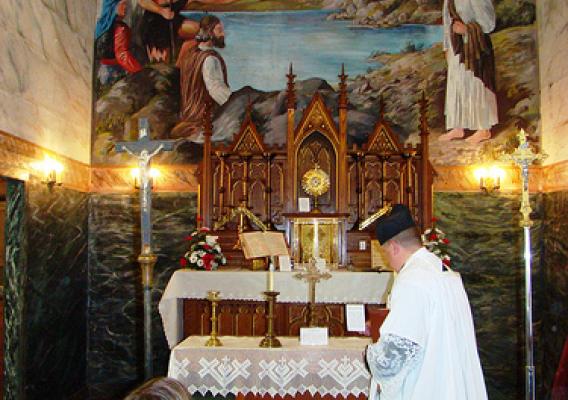This post is part of a disaster assistance program feature series on the USDA blog. Check back every Wednesday as we showcase stories and news from USDA’s Farm Service Agency.
When enrollment opened for the USDA disaster assistance programs this April, LaNelle Martin was one of the first to sign up at the Kimball County FSA office in Nebraska.
“After two years of a severe drought our pastures are limited and haven’t grown,” said Martin. “We need the pasture to support our cattle and the cost of feed and hay is pricey.”
Nebraska, along with portions of the southern and western parts of the United States has suffered one of the longest and most devastating droughts in history. Kimball County’s worst seasons were 2012 to 2013, when the area was named a primary natural disaster area by Agriculture Secretary Tom Vilsack. This year, some snow and spring rains provided a little relief, “But as most of our producers say, we are only four to six weeks away from another disaster,” said Patricia Perry, FSA program technician in the Kimball County office.









